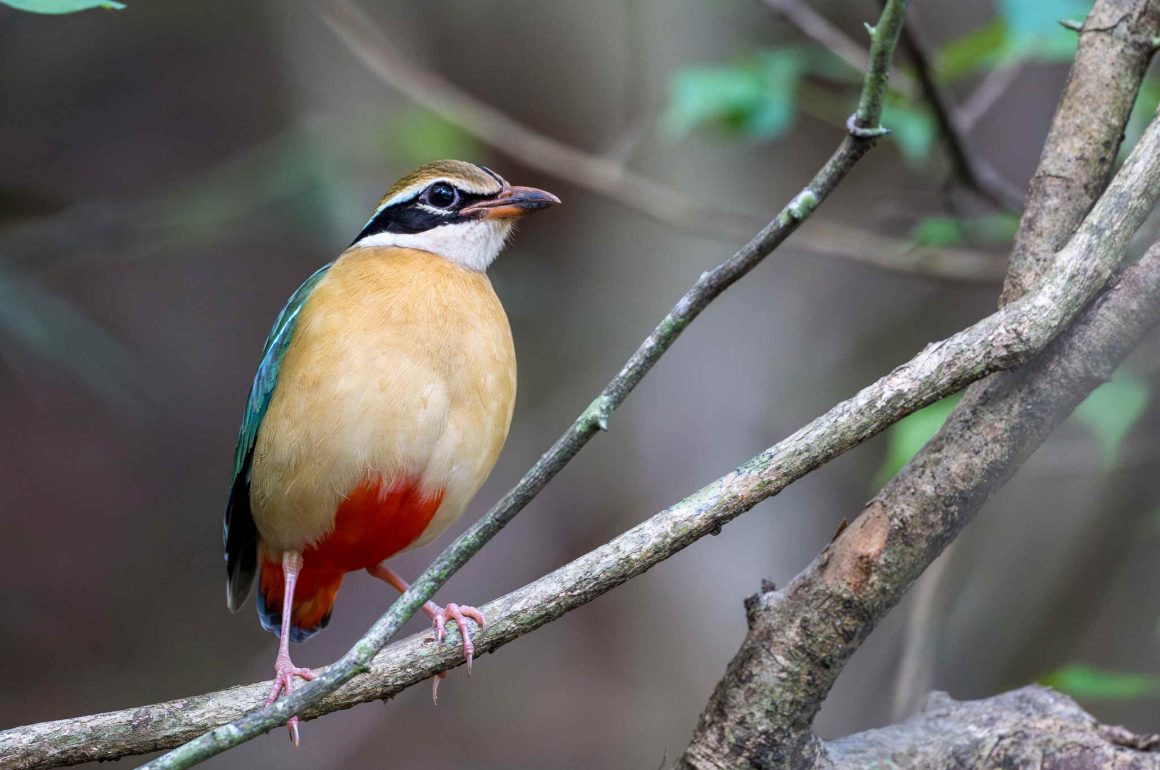
Sigiriya is a good birding location to visit with a non-birding partner as it is the site of a spectacular rock fortress built around AD 480. The discerning birder will not have the time to visit the fortress itself but will still see it from below and encounter some of the fortifications below.
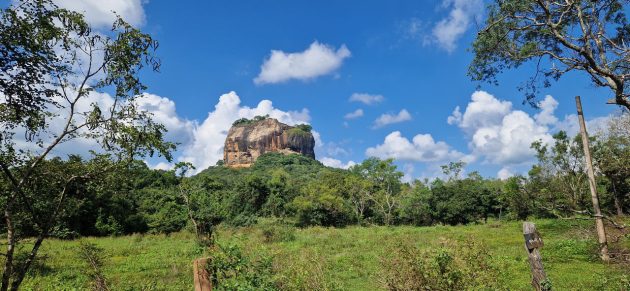
The king who had the fortress built ended up either being poisoned by a courtisan or cutting his own throat in the face of defeat – Wikipedia offers both options. Makes it sound like a story from a lost book of the Old Testament.
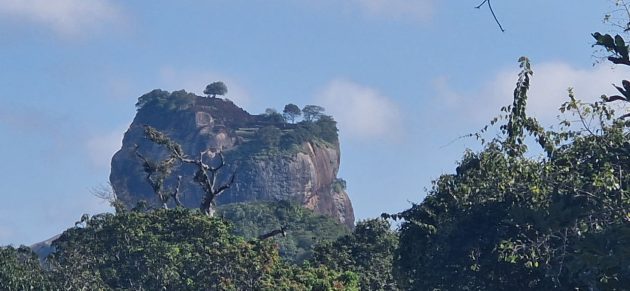
Which is a slightly forced link to the song “Charlton Heston” by Stump. Featuring the classic line “Charlton Heston put his vest on” along with some practical advice including “A recipe for locust pie” and “Thou shalt not bonk your neighbour’s wife”. Highly recommended.
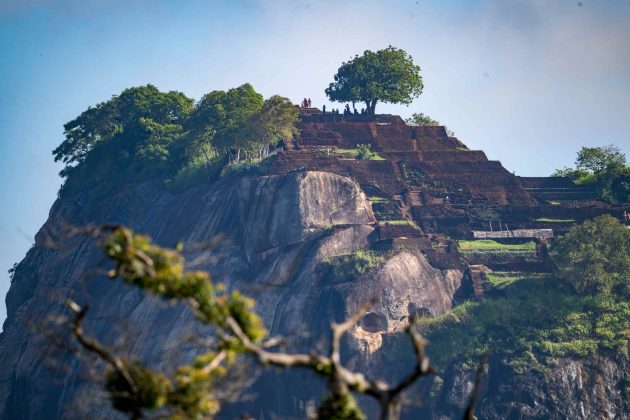
A road at the bottom of the rock has some interesting views of partly flooded trees – the impression is one of exaggerated three dimensionality, which the shots below unfortunately do not fully capture.
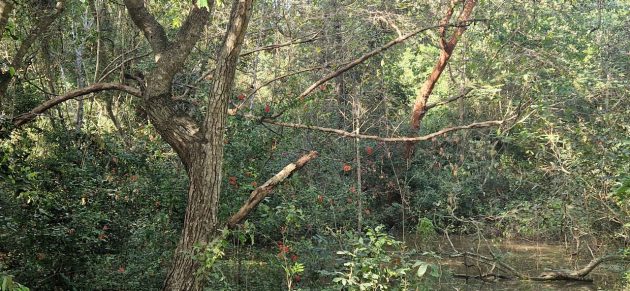
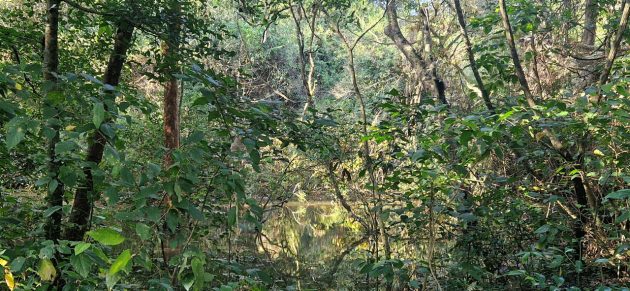
These forests make for tough bird photography, though there are also wide open spaces that yield much better results (to be covered in subsequent posts). But of course, the Indian Pitta shuns these brightly lit places.
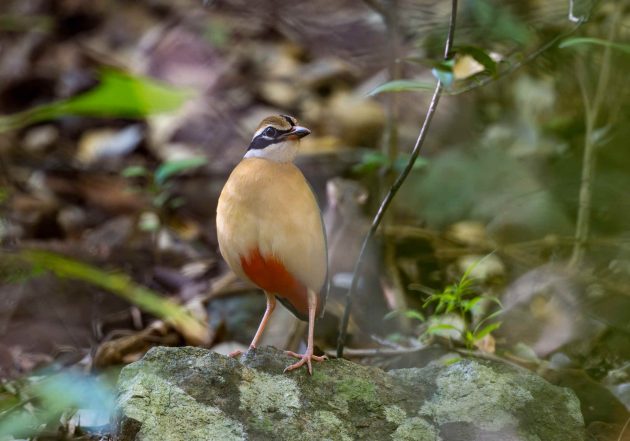
It looks fairly similar to the Fairy Pitta migrating through Shanghai – interestingly, while the Chinese name for the Fairy Pitta indicates that it is an 8-color bird (“Xian ba se dong”), the Indian name for the Indian Pitta, “Navrang,” translates as “nine colors.”
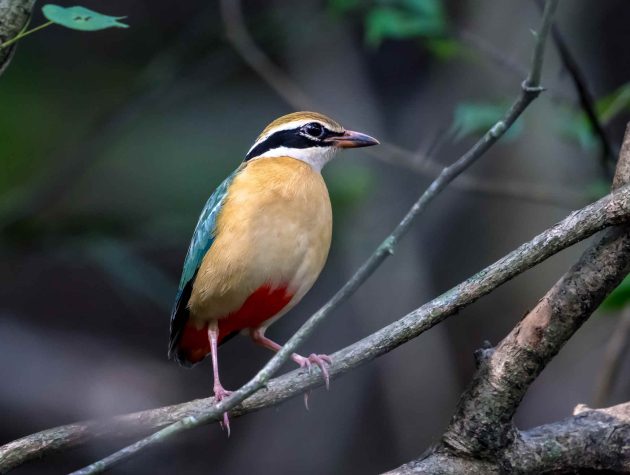
However, the scientific name Pitta brachyura indicates that it is a short-tailed bird (brakhus short; –ouros -tailed, according to the HBW).
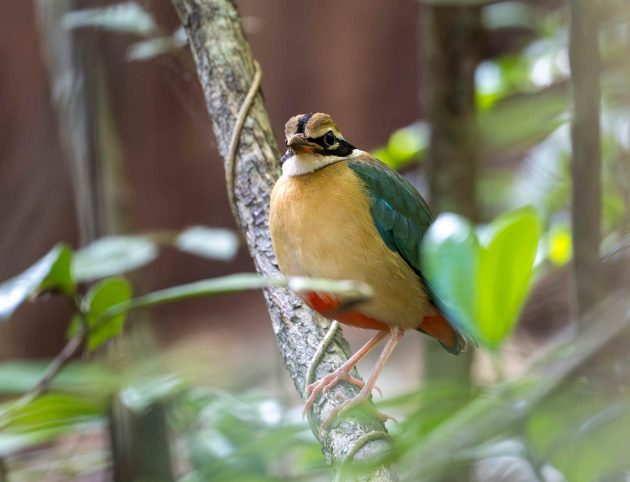
It is migratory and only spends the winter (approximately from mid-October to mid-April) in Sri Lanka.
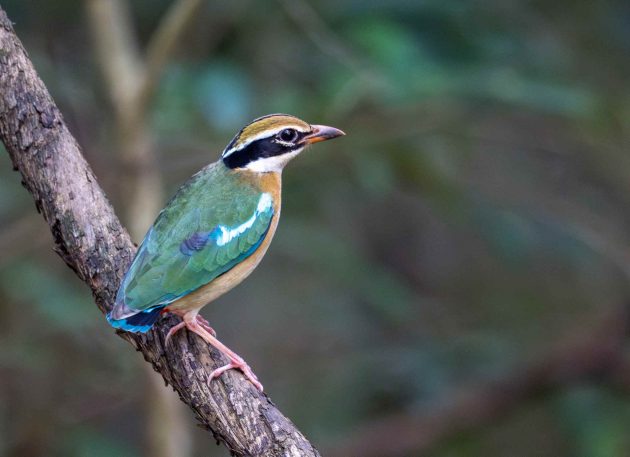
According to a paper in the Journal of Threatened Taxa, the species is special in having a novel type of barb: “We observed a novel type of barb the first time from dorsal body contour feather having plumulaceous barbules at the base followed by pennaceous barbules.” Sometimes, I am glad I did not study ornithology.
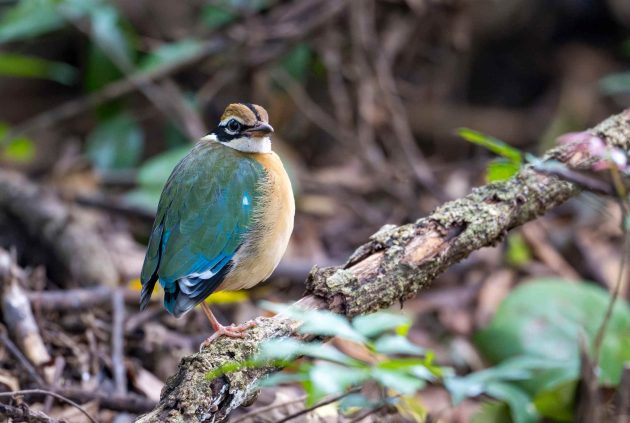
Nobody knows why the Orange-headed Thrush chose such a bright color only to hide in the forest shade all the time.
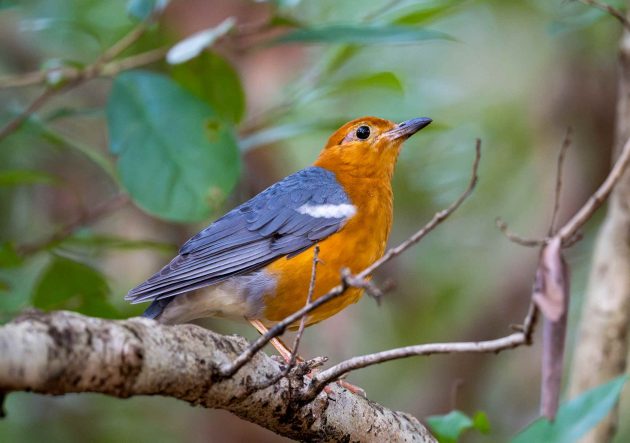
A paper suggests that they only get into the light when the males want to impress the females. So typical for males … I should have brought a female along to get better photos, I guess.
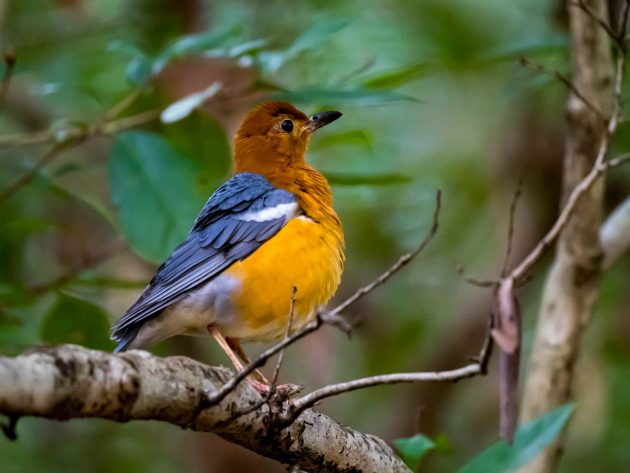
Sadly, this post continues with birds with fascinating colors photographed in the shade. Here is the Black-naped Monarch …
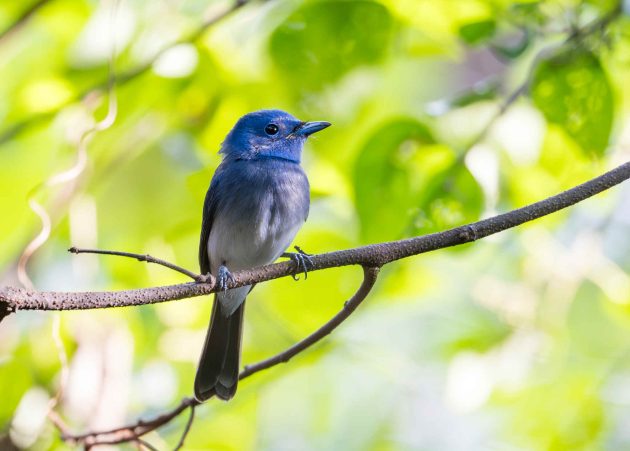
… and here in its nest. Better nest photos and some information on their breeding can be found here.
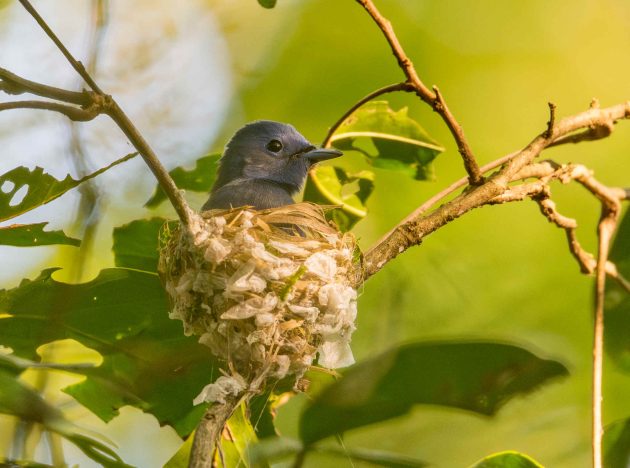
Tickell’s Blue Flycatcher is described as a forest generalist in a recent post on the impact of forest fragmentation on birds. The study described in the post warns that even relatively adaptable birds like this flycatcher avoid more open areas such as rubber plantations, highlighting the negative impact of forest fragmentation.
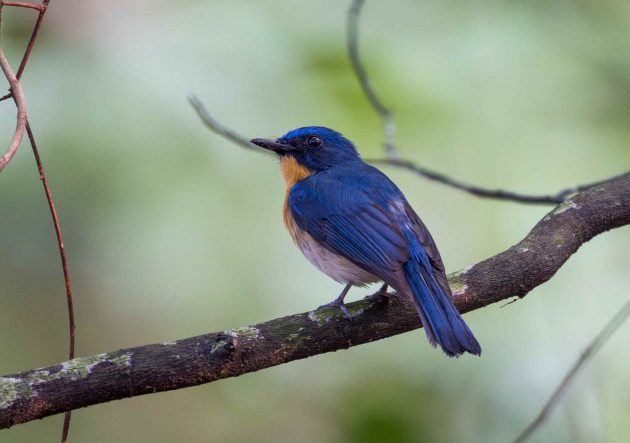
That study was actually done in Sri Lanka, as was one in another paper describing a Tickell’s Blue Flycatcher eating a Sri Lankan shrub frog (it has a photo of a slightly unhappy-looking frog).
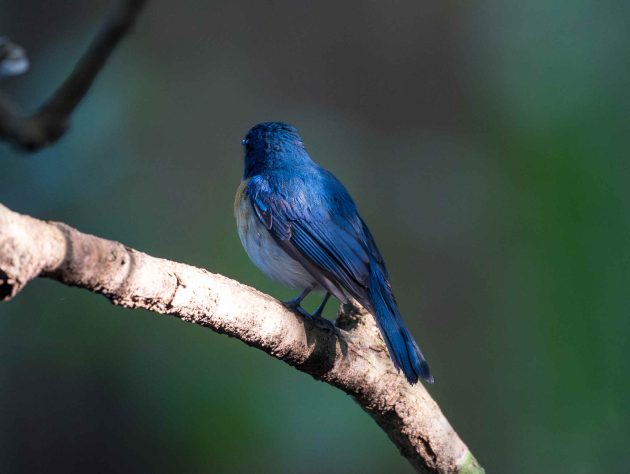
The Sri Lanka Shama is a Sri Lanka endemic that looks pretty much like the White-rumped Shama to me – but apparently, genetics say otherwise.

The visual differences would be very easy to overlook for me though – according to the HBW, the endemic has a “shorter tail, reduced sexual dimorphism, and paler belly” than its relative.
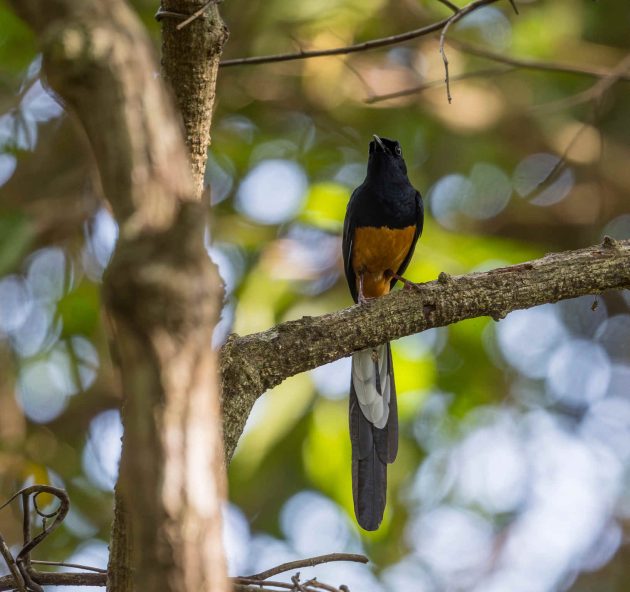
Its scientific name Copsychus leggei honors Lt.-Col. William Vincent Legge (1841-1918) of the Australian Army who also worked as a naturalist in Sri Lanka, but his Wikipedia entry mainly focuses on his military career.
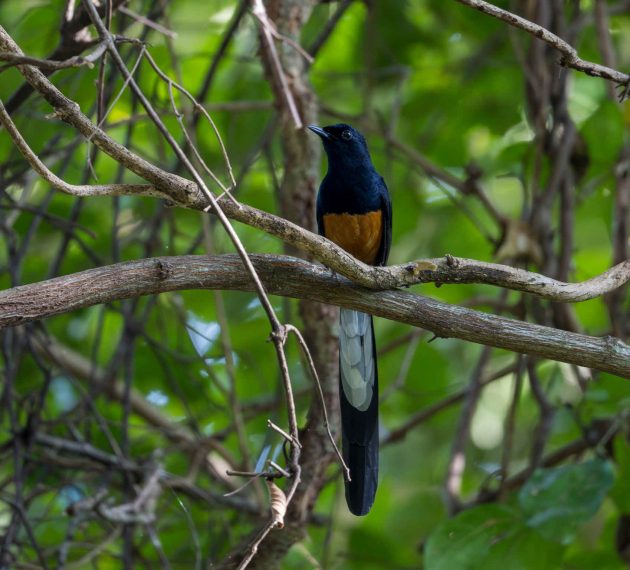
Male Indian Paradise Flycatchers come in two morphs – this is the white one, which is generally less common than the rufous one. However, the white morph is more common in the southern areas of their range than in the north (source).
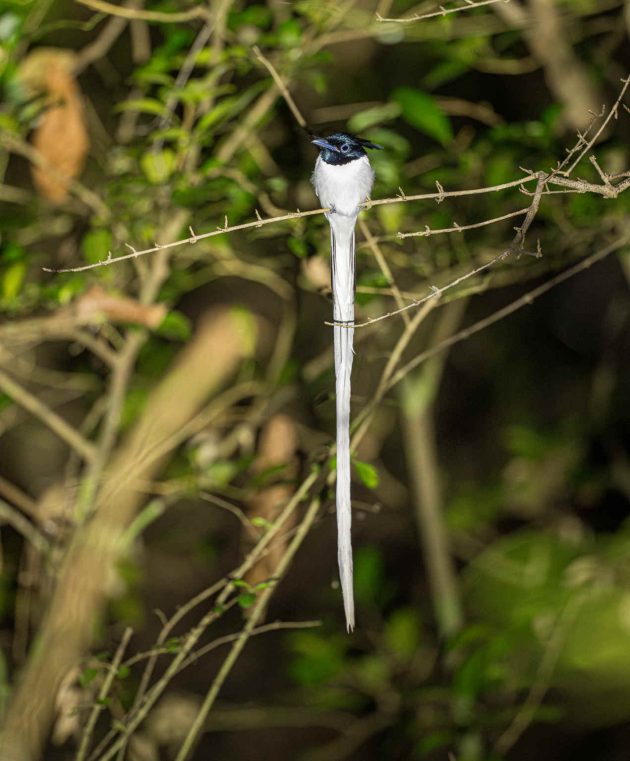
Breeding success is similar for both morphs (source).
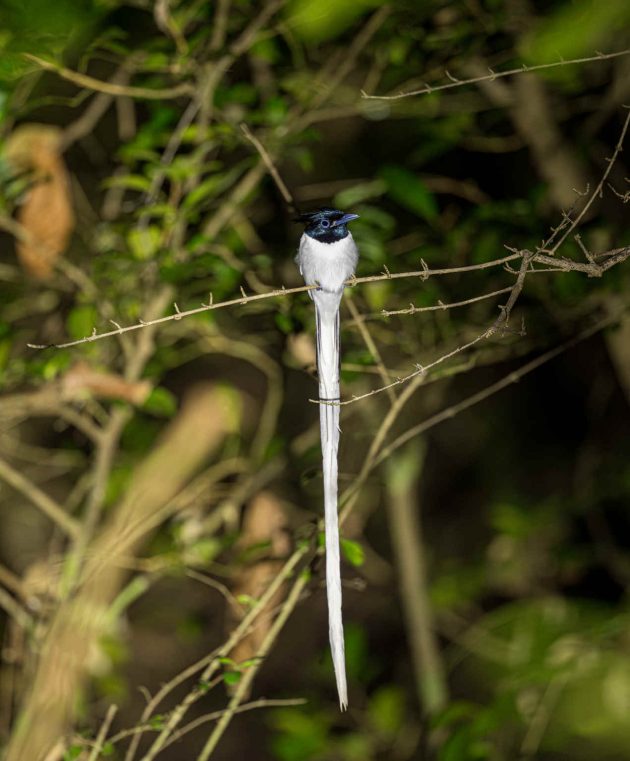
Generally, I tend to assume 10,000 Birds has no unattractive readers, but if I am wrong, here is a small message of hope from the same site describing the paradise flycatcher: “Due to their monogamous behavior, unattractive males are usually still able to breed”.
There certainly are no unattractive Black-backed Dwarf Kingfishers, only individuals in bad lighting. Unfortunately, this seems to be their most common habitat.
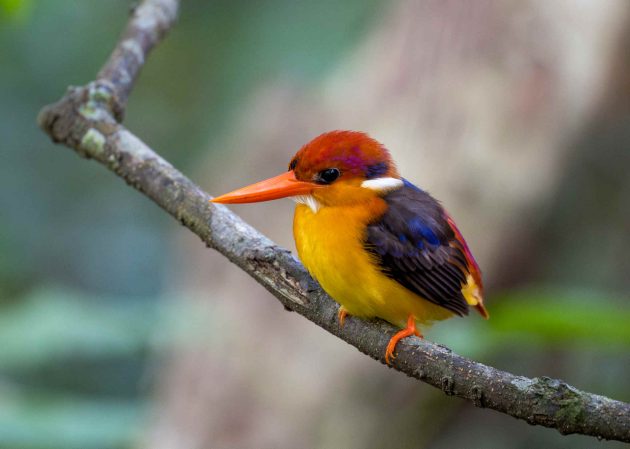
The species is listed as Near Threatened as its population is suspected of having declined by 20-29% over the past ten years.
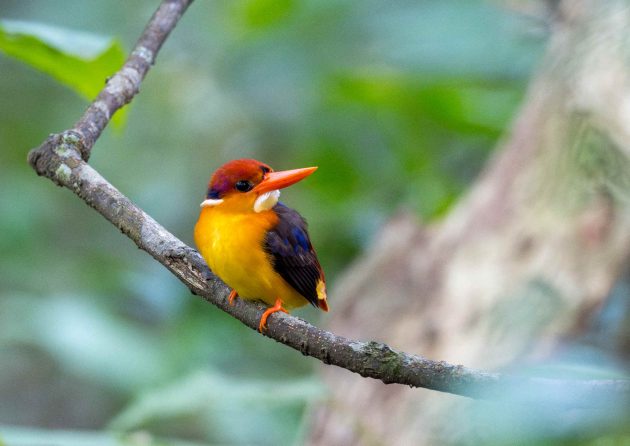
I suspect that its preference for low light environments also is the reason for its misleading name – to quote the HBW, “Despite its name, its mantle is a brilliant ultramarine-blue color”.
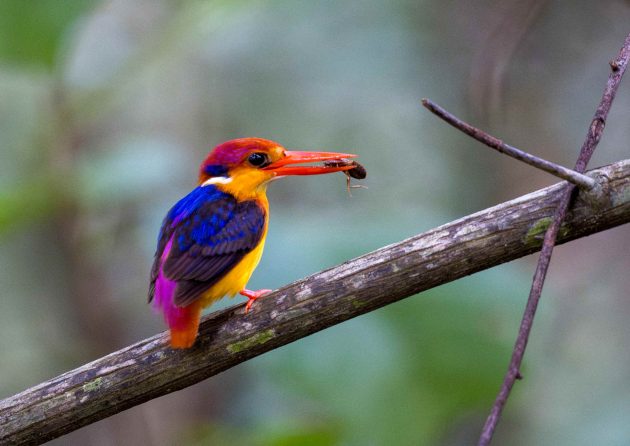



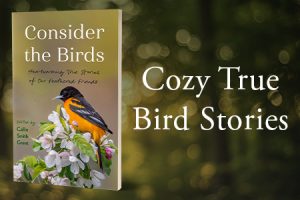
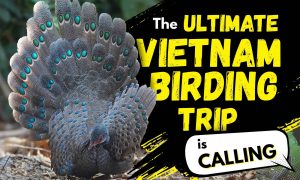



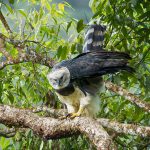
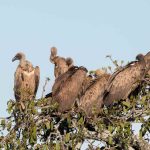
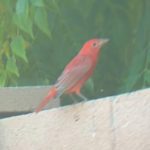
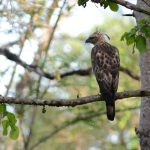
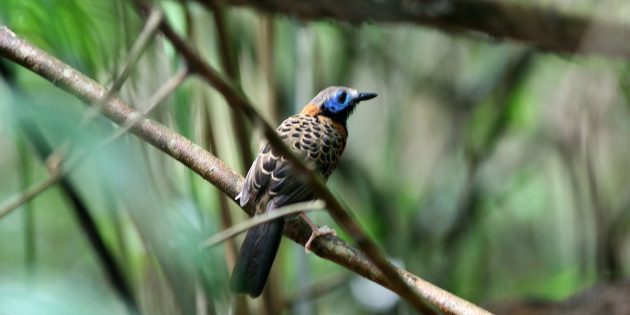
I was ready to start a rant on common names for birds and how the Latin names are better, et cetera, and then I realized all pittas are short-tailed so that Latin name is dumb too. The pictures are of course the reason why I am thumbing through a brochure for Sri Lanka right now…
Indian Pitta – absolutely one of my favorite birds. Kingfishers – one of my favorite families. Thanks for this post.
This post has made Sri Lanka leapfrog several destinations on my bucket list.
Really enjoyed this post in particular, since I’m going to Sri Lanka for the first time at the end of this year. Great photos and humor as always!
Thanks, Suzanne!There will be more posts about Sri Lanka as I spent 14 days there this March. Send me an email to the 10,000 Birds contact address if you have any specific questions about where to go.